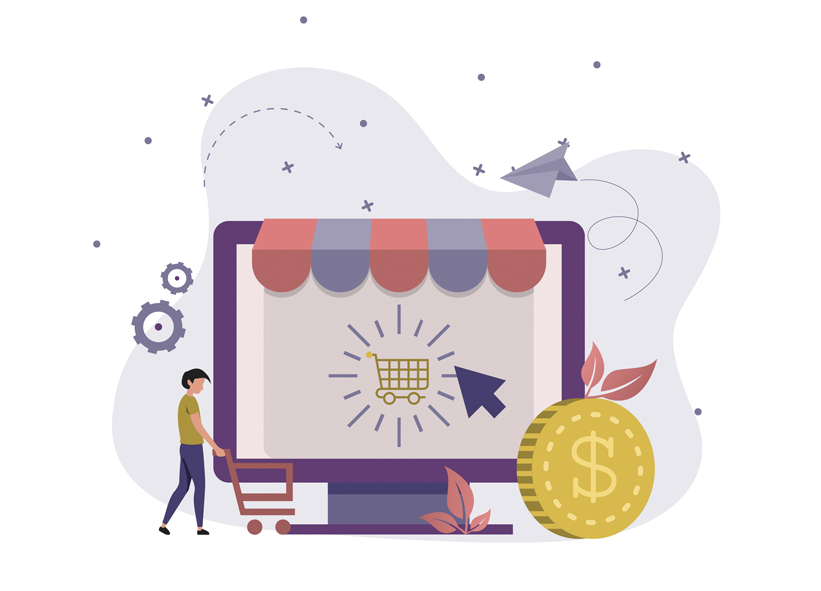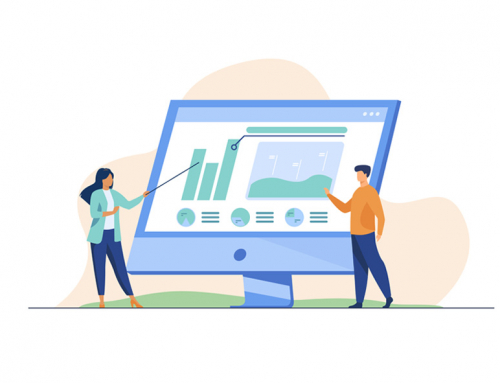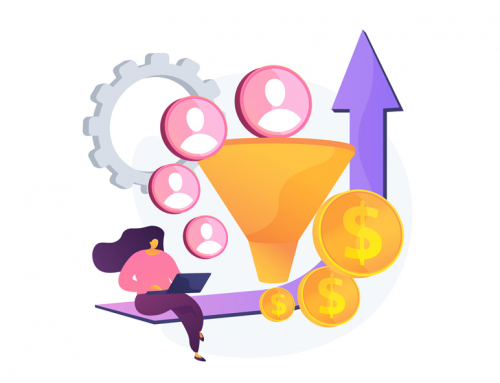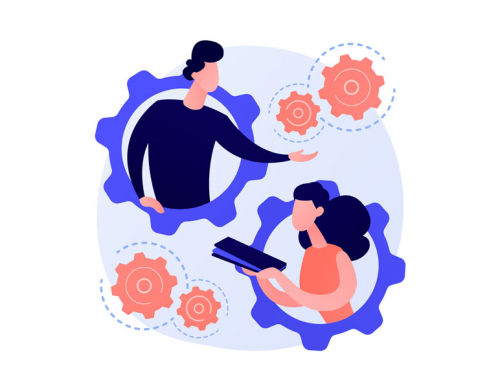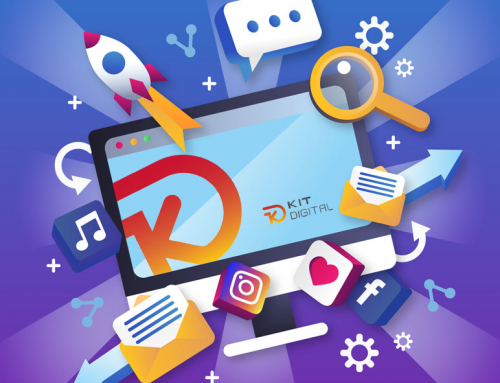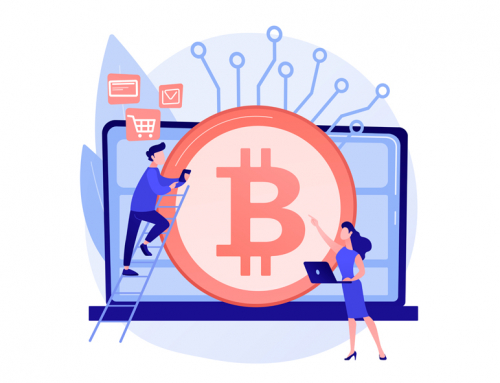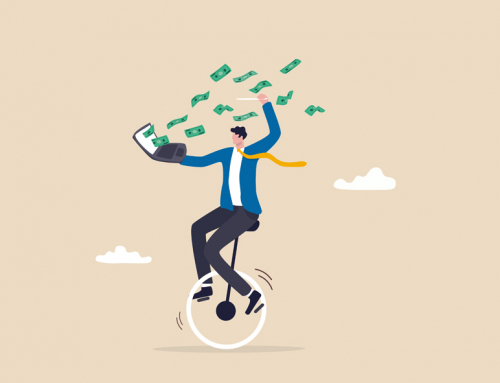Customers who buy products become premium and come back for more, not because of what you sell but because of how you sell it, how they buy it and how they consume it.
In other words, a big part of the additional value a big part of the differentiation of your brand is in the how and not in the fact that the result is that the set of activities that occurs after the product leaves the factory becomes the factor that differentiates you that set of activities becomes the reason why customers prefer to buy from you rather than from your competitors.
The same product can be bought in many places
Creating competitive advantages through interaction with customers how is now an important factor because most sellers are the same in which they all sell the same product of a similar quality the difference is in how the customer buys and consumes the amazon product is an interesting example.
Amazon’s Achilles Heel
It’s an interesting company. You’ve certainly realised that customer interaction is the battleground of tomorrow and you’re investing as much as possible to achieve two goals: the first is to reduce the cost of customer interaction. When they buy the cost of the search the cost of buying alternatives, the cost of pressing the button to make the purchase, the cost of having to enter the information about the credit card payment and also the cost of having to enter the information about the delivery. All these costs are minimised with a click purchase with the ability to quickly sort and compare products online.
Second objective. One user = Many customers
Something that amazon immediately realized is that when you establish a relationship with the client that client becomes an asset that can then be sold to other companies that want to sell similar products to that client one way to see it is to think that amazon not only wonders how much more of what I have I can sell is asked something different. What is being asked is this client that I have already attracted to the amazon ecosystem, what more does he need? Once this question has been asked, it doesn’t matter if I sell the product to him or others sell it to him through the platform.
Selling other people’s products
Amazon has been able to create a very different platform. When online stores were struggling to create their own brands, sell their own products, put entry barriers to other sellers with better positioning, ads, relevance, etc., Amazon jumped and let everyone sell. That this platform has millions of customers and that the cost of building that platform is amortized by selling more products from different vendors is taking place a big revolution in marketing in a way is a revolution led by data and a revolution in the way companies interact with their customers today to build a brand is a very different exercise than it was ten years ago.
Online sales simulating direct sales
Today we look at the customer’s path and their interactions their points of contact with the brand and there are hundreds of those points of contact before they make the purchasing decision and each of their points of contact either by street advertising or experience with a product outside their home or exposure to the product in a store or exposure to product information on websites in online opinions and in ads to which they have been exposed in all these ways when you think of all the points of contact or opportunities to create points of contact for consumers you realize that each of those opportunities.
Pleasing the customer
It is an opportunity to convey a slightly different message to create appreciation on one occasion or simply create awareness on another or create a taste at one time or preference over other brands on another create action and tell a consumer to go to the store or offer a coupon at a discount on another occasion and each of these means each of these stages of interaction offer the opportunity to do something slightly different and as sellers we are now much more aware of the fact that consumers make this journey and have multiple contact points before making a decision and that each of these contact points can be an opportunity to convey a slightly different type of message and guide the consumer to the purchase.
Groups or individuals: What are customers?
If you attend a marketing presentation on current trends it is likely that the author will use a segmentation scheme called generational segmentation to classify consumers in millennials of generation x generation z and so on but the fact is that the heterogeneity of the segments the differences that exist within each of the generational segments is enormous is as much or greater than the existing between generational segments this entails that there may be people in the segment of the millennials that are very different from the generational segments. similar or identical to people in the segment of generation z or generation and so on and so forth today these limits are becoming less and less significant especially when data is available on an individual level i.e. you can track consumers on an individual level and you can know and predict how much they will pay for a product what amount they will buy if they will be loyal or not and if they will come back to buy more you can make those predictions based on their actual behavior not on their belonging to a particular generation.
Profile: woman, between 25-35 years old, with average studies, …
You have to follow the individual consumer not his generation the generation is water past when you can talk to each of the individual consumers in each group with an individualized message and the cost is lower than talking to the whole group then you enter a different world there is where we are entering today we are entering a world where it is cheaper to create personalized messages for each individual consumer even for an individual consumer in each situation a same consumer may be suggested to eat at McDonald’s and that in a French restaurant because you have data on their past behavior at the individual level.
Big Data, or at least reuse of information
It wasn’t possible 15 years ago, it wasn’t possible 10 years ago. Today it is possible and consumers are converging. Convergence is much greater today than it was 30 years ago. A chain like Zara could not have become as big as it is today if it were not for the standardization and convergence of tastes worldwide. Innovation is not just about creating better products; innovation is about understanding how consumers use the product.
2 key concepts: Individualism and convergence
They are divergent terms, but the combination of both, is the magic formula to get the users/customers performance. Use the common elements to integrate those elements that are similar to many users, but also using that which is unique.
Each user wants certain products, different from another user, but they all expect to find the shopping cart in a certain position, be able to generate an invoice, make a claim, etc.
